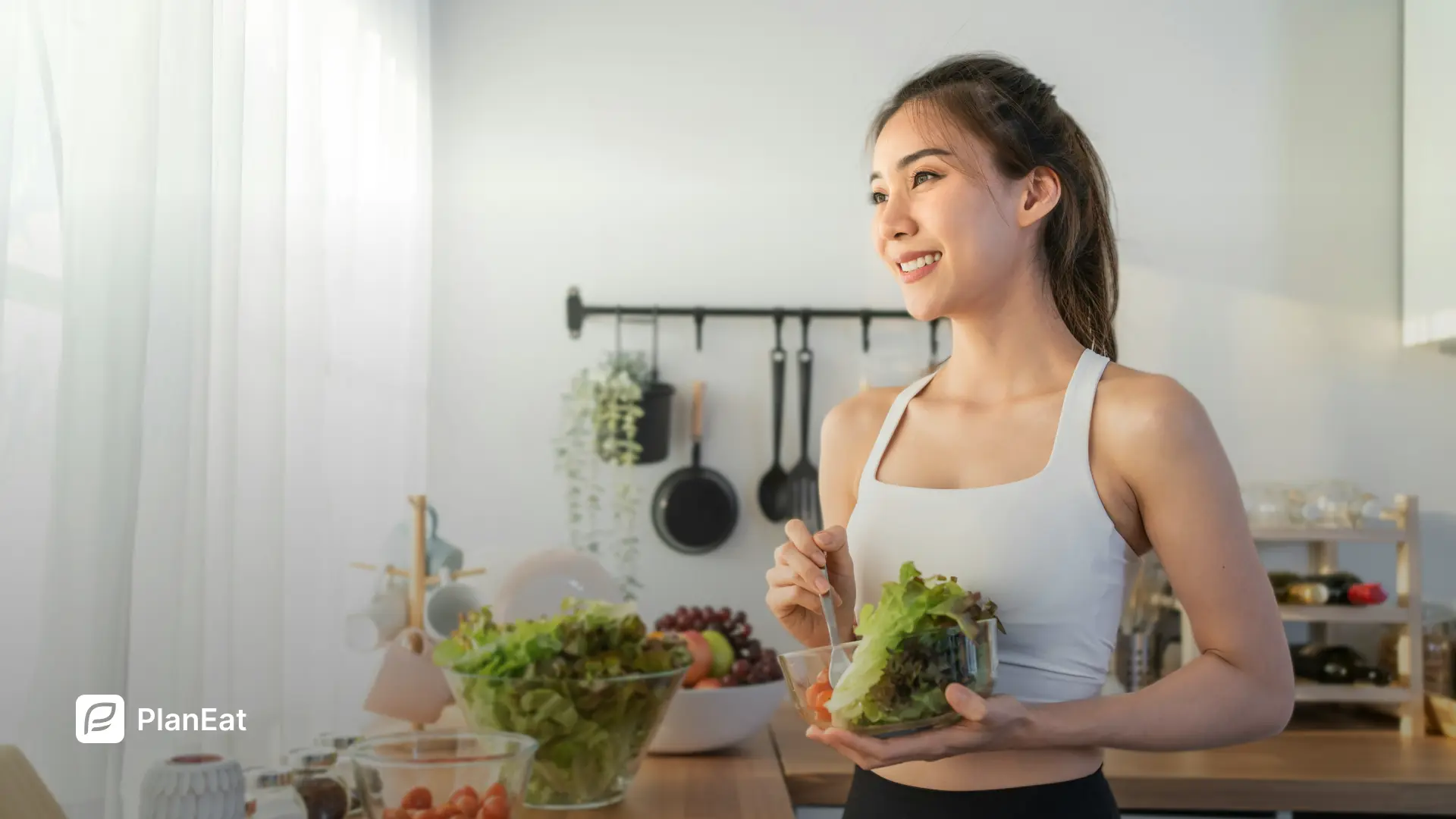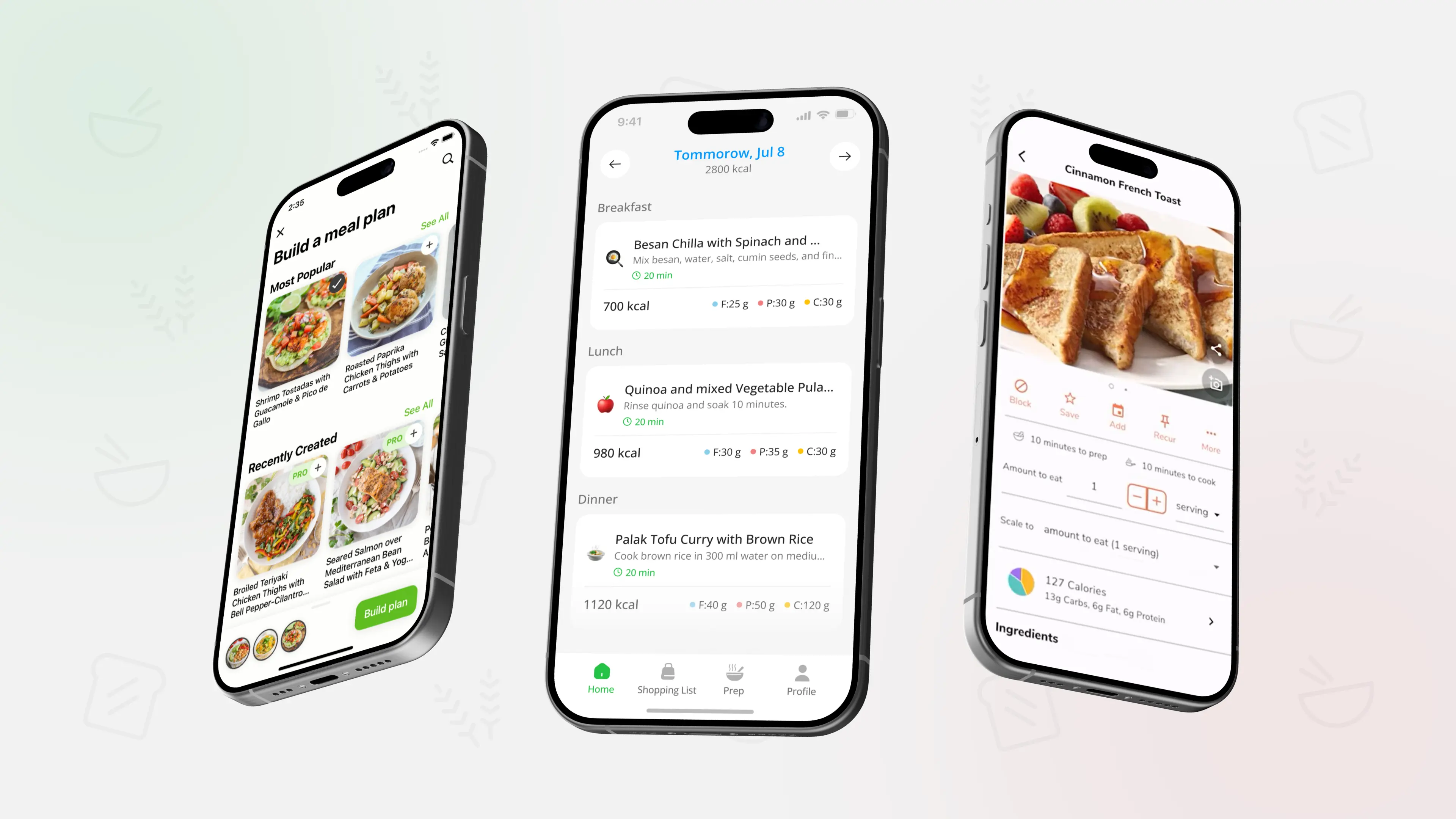Meal Planning for One: Waste Less, Eat Better

TL;DR: Cooking for one does not have to mean endless leftovers, random snacks, or food you throw away at the end of the week. With a simple weekly pattern, smaller batch cooking, and a clear grocery list, you can eat well, spend less, and make solo meals feel easier instead of heavier.
Why meal planning for one feels harder than it should
Many people who live alone feel that meal planning is only for families. In reality, planning for one can be trickier:
- Packages and recipes are often built for four people.
- Leftovers pile up faster when only one person is eating them.
- It is easy to think "I will just grab something later" and rely on takeout.
Without even a basic plan, it is common to overbuy fresh foods, get bored halfway through a recipe, and let ingredients spoil. A small amount of structure helps you buy only what you can use and repeat meals you actually enjoy.
If you have never planned meals before, it can help to start with a simple overview in Meal Planning Basics: How to Start (Beginner Guide) so the whole idea feels less abstract.
Core principles of meal planning for one
Before you look at specific examples, it helps to know a few guiding rules that keep things realistic when you cook for yourself.
Repeat more than you think you need to
You do not need seven different dinners in a week. Repeating a few favorite meals makes shopping cheaper and planning faster.
- Choose two or three dinners you are happy to eat twice.
- Use one or two lunches built from leftovers or remixed dinners.
- Keep breakfast very simple and repeatable.
Cook in small or flexible batches
- Halve recipes when possible if the ingredients adjust easily.
- Choose dishes that reheat well such as soups, stews, stir fries, and grain bowls.
- Freeze single portions of meals you do not want to eat again the next day
Use ingredients that work in several meals
Instead of buying a vegetable that only fits one recipe, favor ingredients that can appear in multiple dishes:
- Greens that work in salads and cooked meals.
- Beans that can be used in bowls, tacos, and soups.
- Grains that pair with different proteins during the week.
If you like the idea of a weekly pattern but do not want to design it from scratch, you can borrow the structure from How to Build a Weekly Meal Plan (Examples) and then shrink it for one person.
If you prefer not to build a solo plan by hand, you can use PlanEat AI to generate a weekly meal plan based on your goals, dislikes, and cooking time. The app creates a full week of meals with basic calories and macros plus a grouped grocery list, and you simply adjust portion sizes or freeze extra servings so the plan fits one person.
A flexible 3 day pattern for one person you can stretch into a week
Instead of planning seven unique days, start with a three day rotation that you can repeat and modify. Here is an example pattern you can adapt.
Breakfast pattern (pick one or alternate)
- Option A: Greek yogurt with berries, a spoon of oats or granola, and a few nuts.
- Option B: Oatmeal with sliced banana and peanut butter.
- Option C: Eggs with whole grain toast and some fruit on the side.
Choose two of these and rotate them for the week so you do not have to make a new decision every morning.
Day 1
- Lunch: Leftover friendly grain bowl.
Brown rice or quinoa, roasted vegetables, chickpeas or chicken, and a spoon of yogurt or hummus. - Dinner: One pan baked chicken or tofu with potatoes and carrots.
Make two or three portions so you have leftovers for another meal.
Day 2
- Lunch: Leftover one pan dinner from Day 1 with a handful of greens or a simple side salad.
- Dinner: Quick stir fry.
Frozen or fresh vegetables sautéed with tofu, shrimp, or chicken, served over rice. Make an extra portion for lunch.
Day 3
- Lunch: Leftover stir fry from Day 2, possibly with a fried egg on top if you want more protein.
- Dinner: Simple pasta night.
Whole grain pasta with tomato sauce, lentils or ground turkey, and a side of vegetables.
For Days 4 to 7 you can repeat this pattern with small changes. For example, swap chickpeas for chicken, use different vegetables in the stir fry, or choose a different type of grain for the bowls.
If you want to see how a full seven day plan can look when you are cooking for more than one person, you can check the structure in 7-Day Balanced Meal Plan (With Grocery List) and reduce serving sizes or freeze extra portions when you cook the same recipes for one.
If this kind of three day loop feels manageable, you can save similar patterns as reusable plans in PlanEat AI. The app keeps your weekly structure and grouped grocery list together, and you only swap a few dinners or ingredients when your schedule or appetite changes.
Grocery list tips to avoid waste when you shop for one
A good grocery list is especially important when you cook for yourself, because small mistakes turn into visible waste quickly.
Shop with smaller but structured lists
- Group items by store section such as produce, dairy and eggs, pantry, protein, freezer, and bread.
- Keep the list short and focused on what you need for your simple pattern.
Buy smaller amounts of fresh items and more frozen backups
- Choose one or two fruits and a few vegetables you know you will eat this week.
- Use frozen vegetables and berries to fill in gaps without worrying about spoilage.
Limit single purpose ingredients
- Think twice before buying a sauce, spice mix, or specialty item that fits only one recipe.
- Ask yourself whether you will use it again in the next month.
For more detailed guidance on list structure and budget choices, you can use ideas from Grocery List Structure & Money-Saving Tips and Healthy Eating on a Budget: 24 Practical Tips when you design your own solo shopping routine.
Storage, leftovers, and habits that make solo meal planning work
How you store and serve food matters as much as what you buy.
Use your freezer as a tool, not a graveyard
- Freeze single portions of soups, stews, and cooked grains in small containers.
- Label them with the dish name and date so you actually use them.
Portion meals into containers right after cooking
- Instead of leaving everything in one big pot, divide food into one meal portions.
- This makes it easier to grab a balanced meal instead of snacking.
Give yourself permission to repeat meals
- Eating the same lunch three times in a week is not a failure. It is often the simplest way to avoid waste and decision fatigue.
Use small prep windows
- Even thirty minutes of chopping vegetables or cooking grains once or twice a week can make solo dinners much faster.
- If you like having a more structured prep block, you can adapt ideas from 2-Hour Weekend Meal Prep: Cook Once, Eat All Week to a much smaller batch for one person.
Over time, these habits turn meal planning for one from something that feels heavy into a small routine that saves time and money.
FAQ:
Is meal planning worth it if I live alone
Yes. Planning even a few meals reduces food waste, last minute takeout, and decision fatigue. You do not need a complicated system. A short weekly plan and a small, focused grocery list already help a lot.
What if I do not like eating leftovers
Focus on cooking smaller batches and on components instead of full dishes. For example, cook a pot of grains and a tray of roasted vegetables, then build slightly different bowls each time with different proteins or sauces.
How do I adapt recipes that serve four people
Some recipes can simply be halved. When that is not practical, cook the full recipe, portion it into individual containers, and freeze most of them. Treat them as future ready made meals.
How can I avoid overeating when I cook big batches
Portion meals into containers before you sit down to eat. Put the extra portions in the fridge or freezer so the default choice is one serving, not the whole pot.
Can a meal planning app help if I am only cooking for myself
Yes. Apps can save time by generating weekly plans and grouped grocery lists. You still decide how many portions to cook and what to freeze, but you do not have to start from a blank page every week.
Educational content only - not medical advice.
Simple meal planning for one person
Use a short weekly pattern, a focused grocery list, and small batch cooking to turn solo meals into an easy routine. Over time, repeating what works helps you waste less food, rely less on takeout, and eat in a way that actually fits your life.


.webp)
.webp)
.webp)
.webp)
.webp)
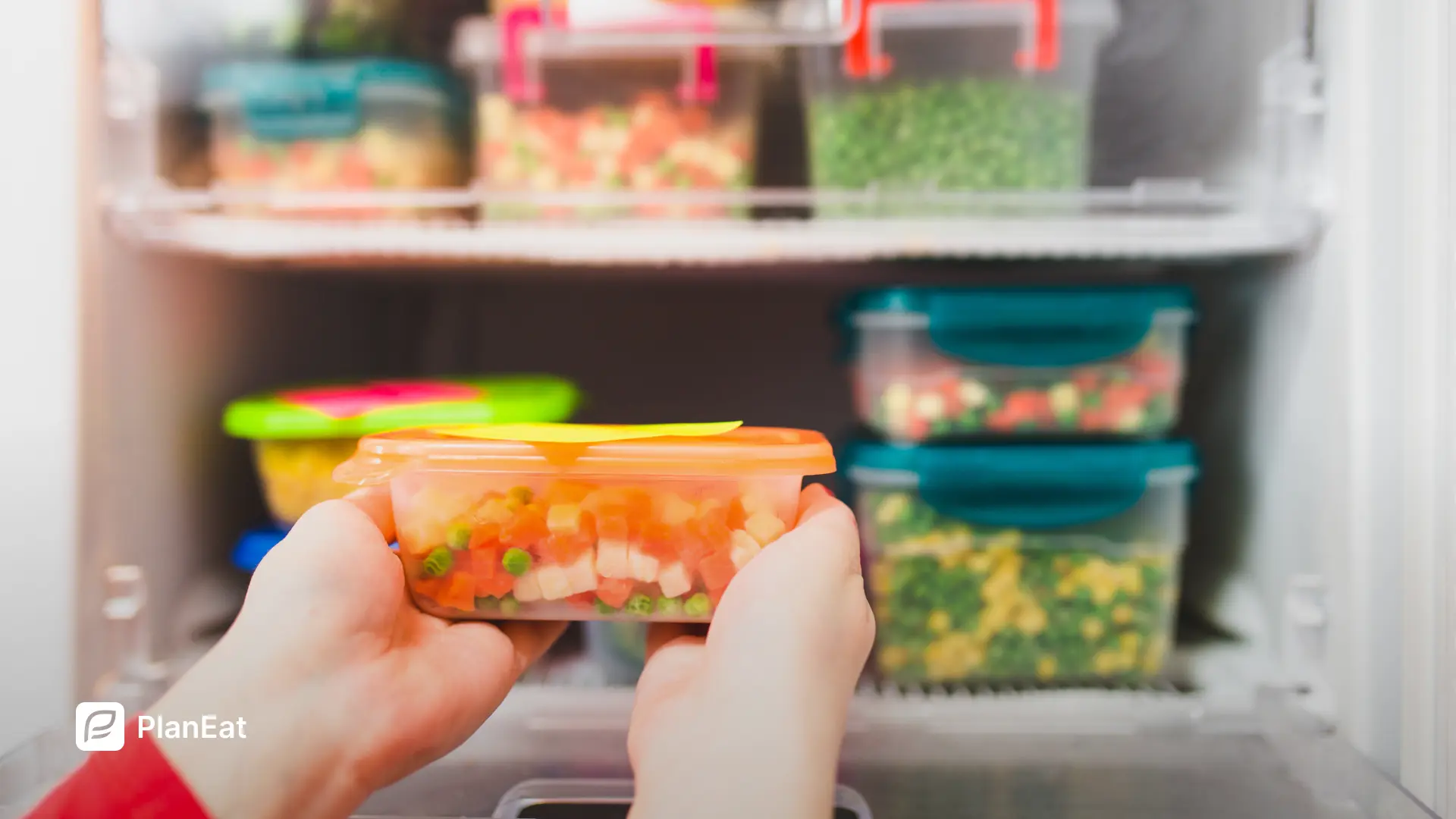
.webp)
.webp)
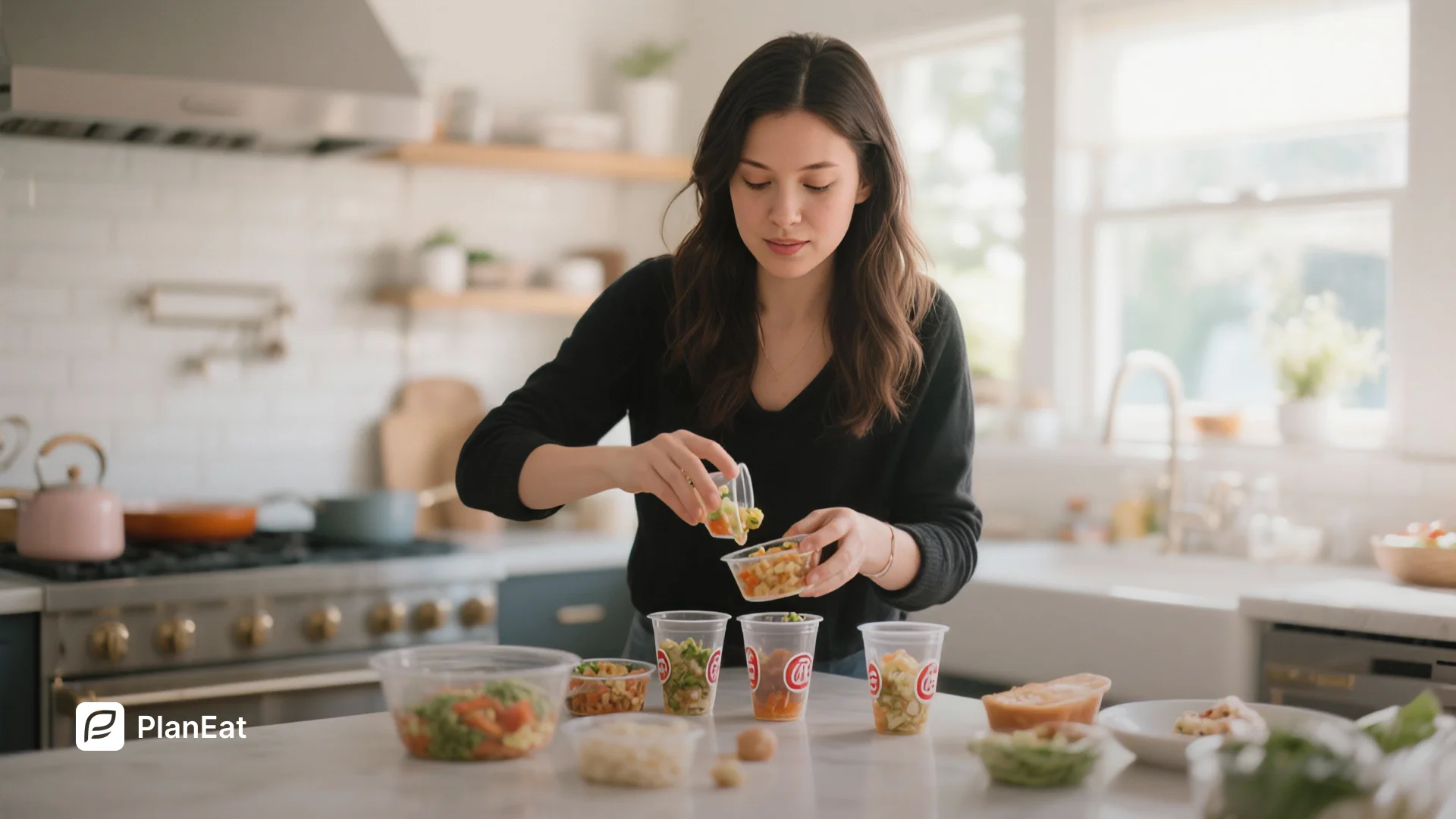
.webp)
.webp)
..webp)
.webp)
.webp)
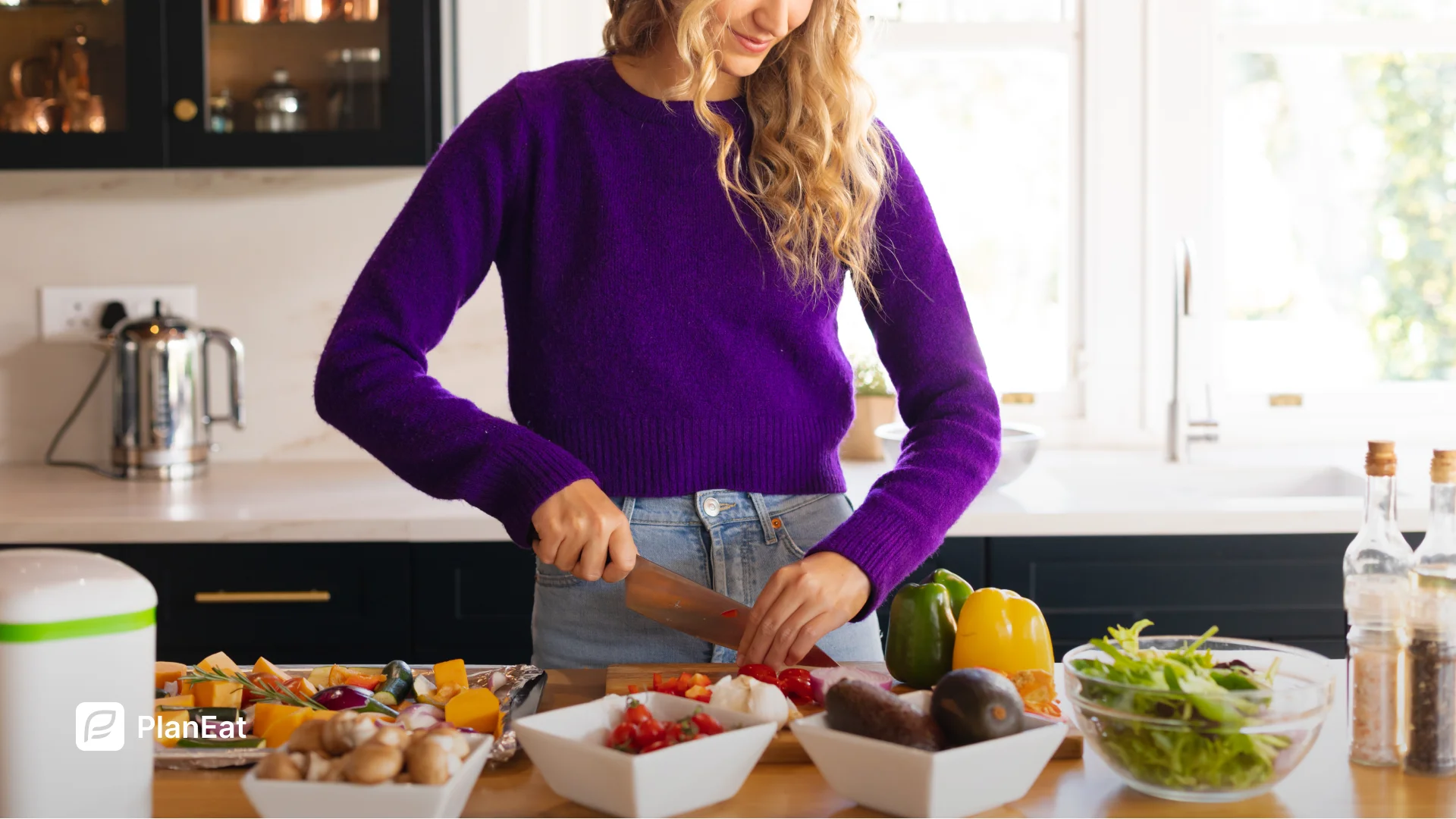
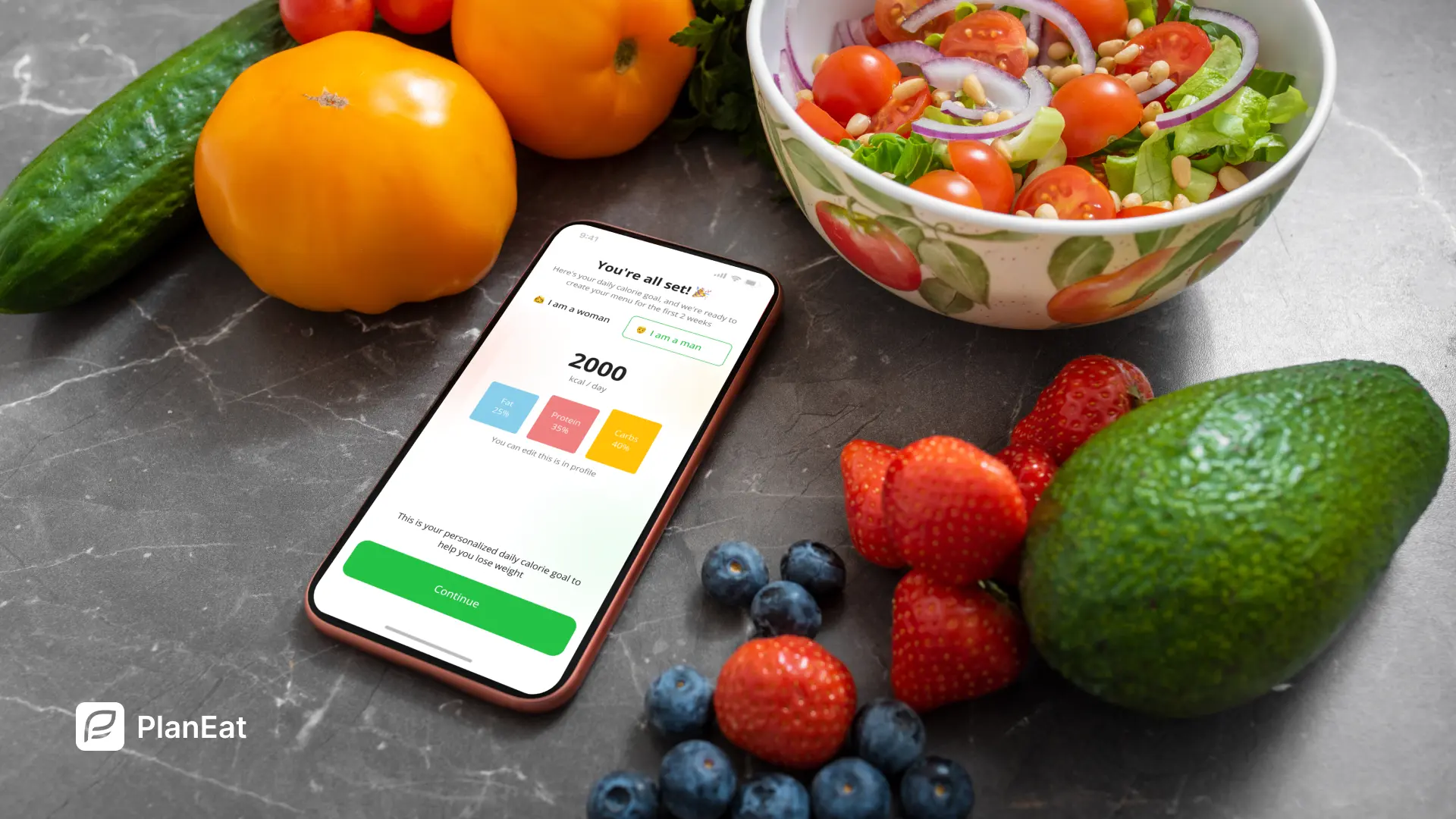
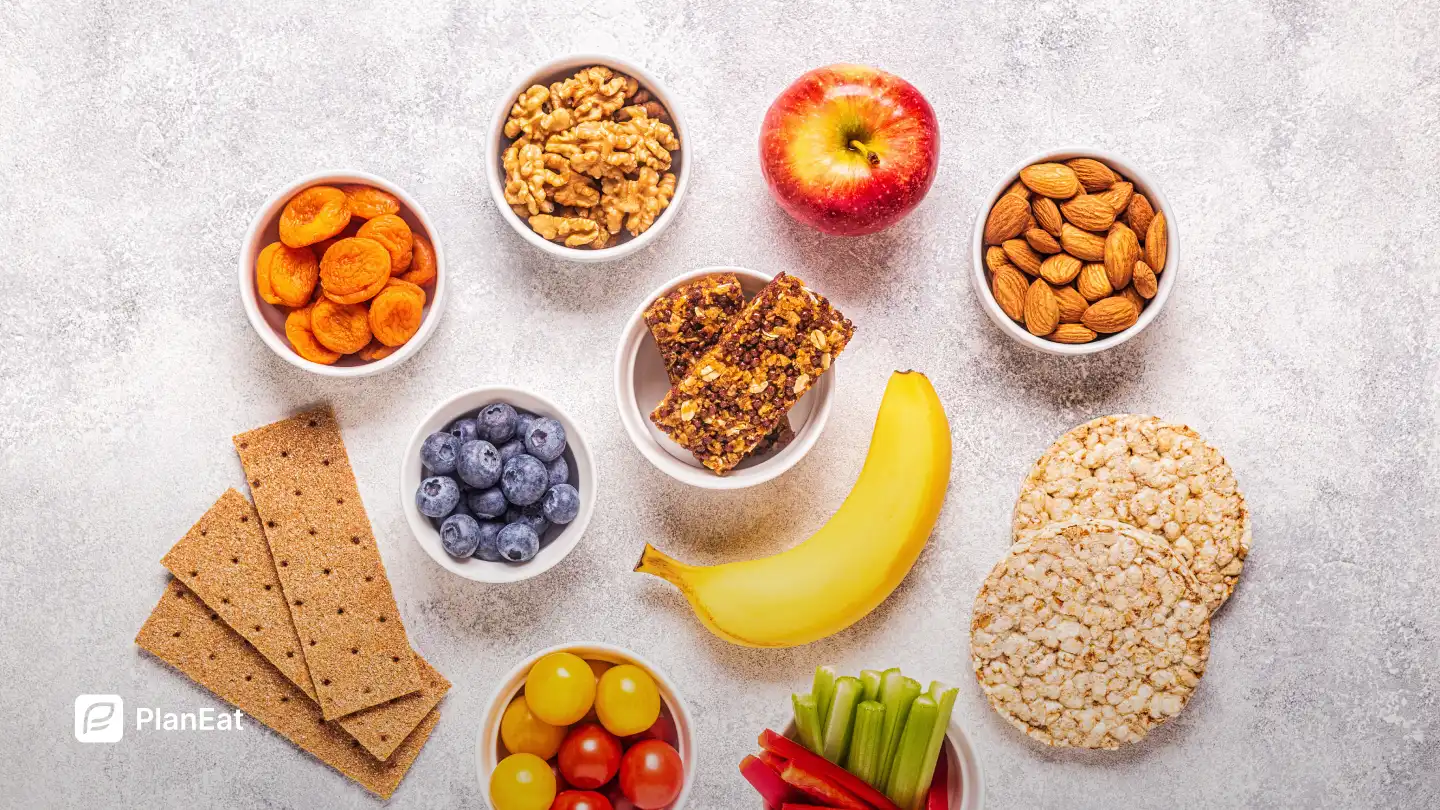
.webp)

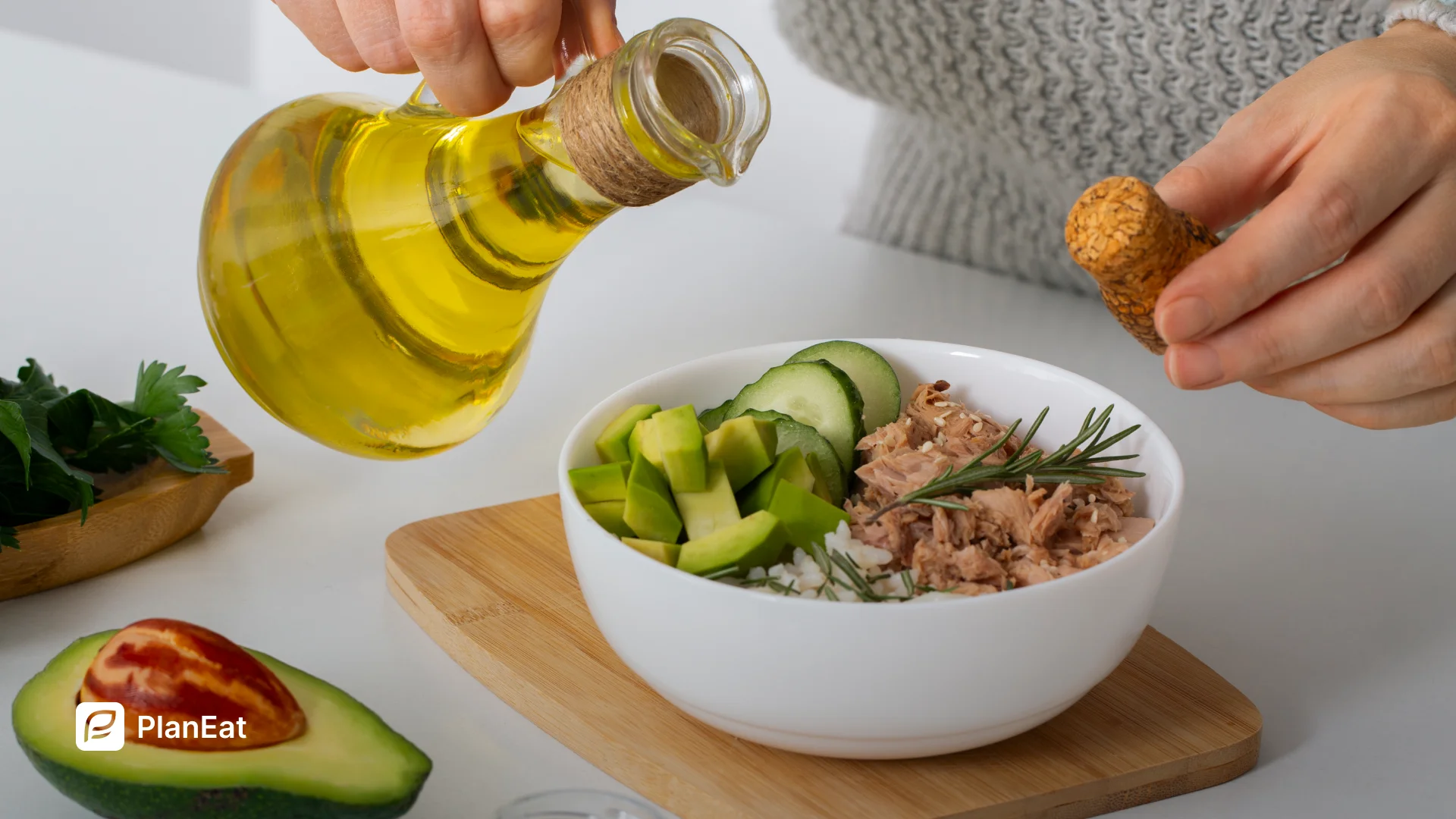
.webp)



.webp)
.webp)
.webp)
%20%2B%207%E2%80%91Day%20Menu.webp)
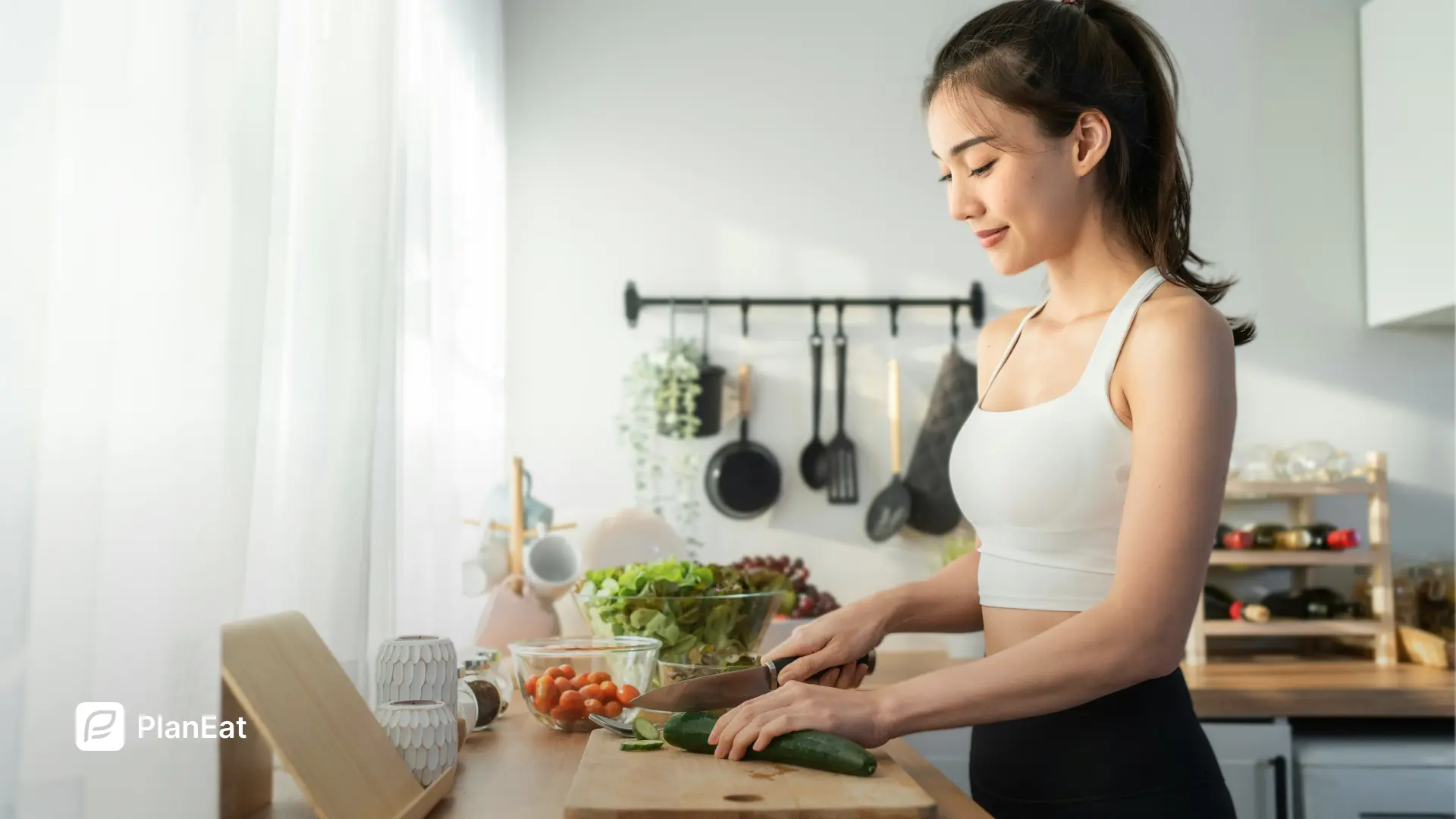



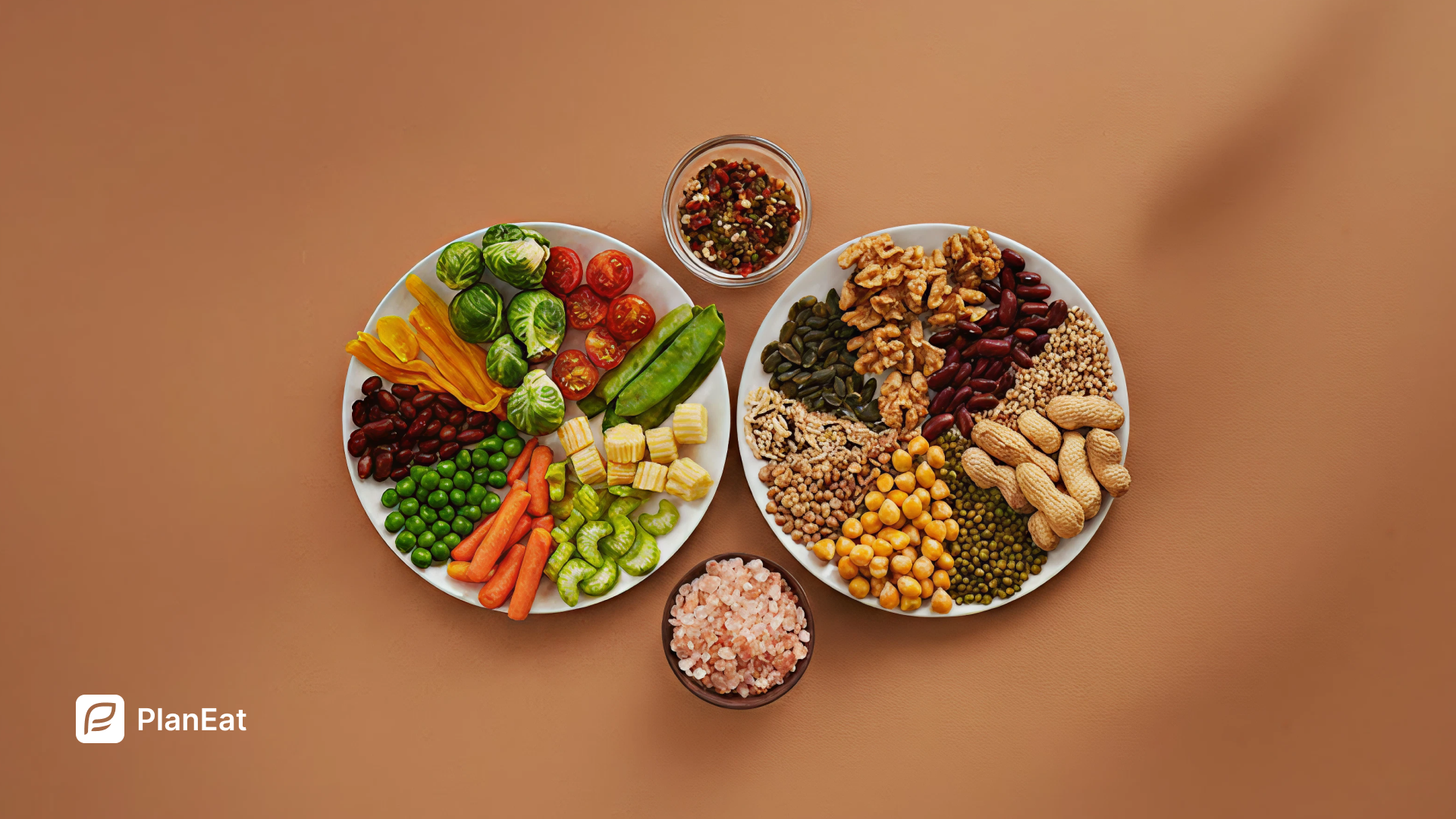
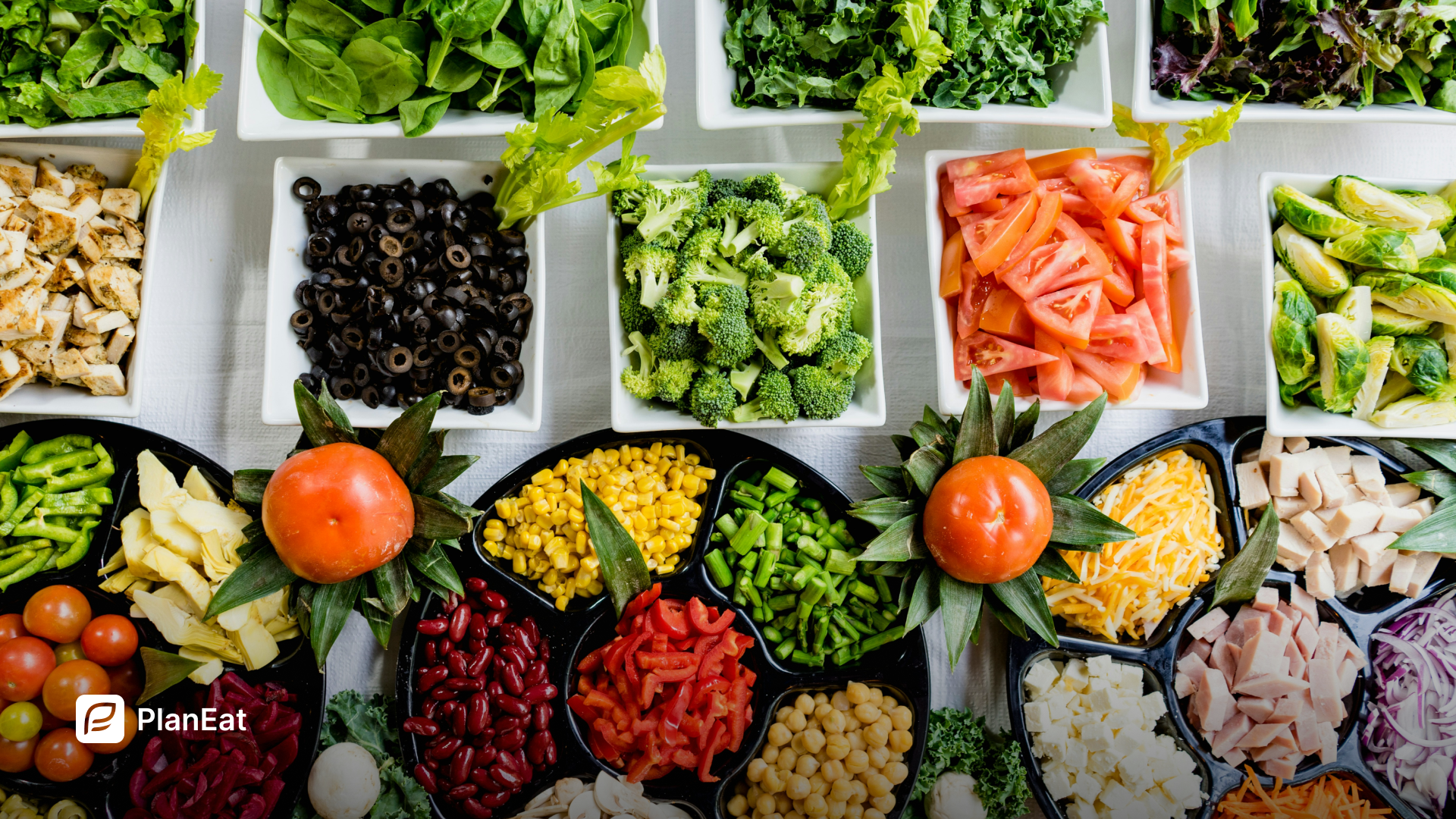
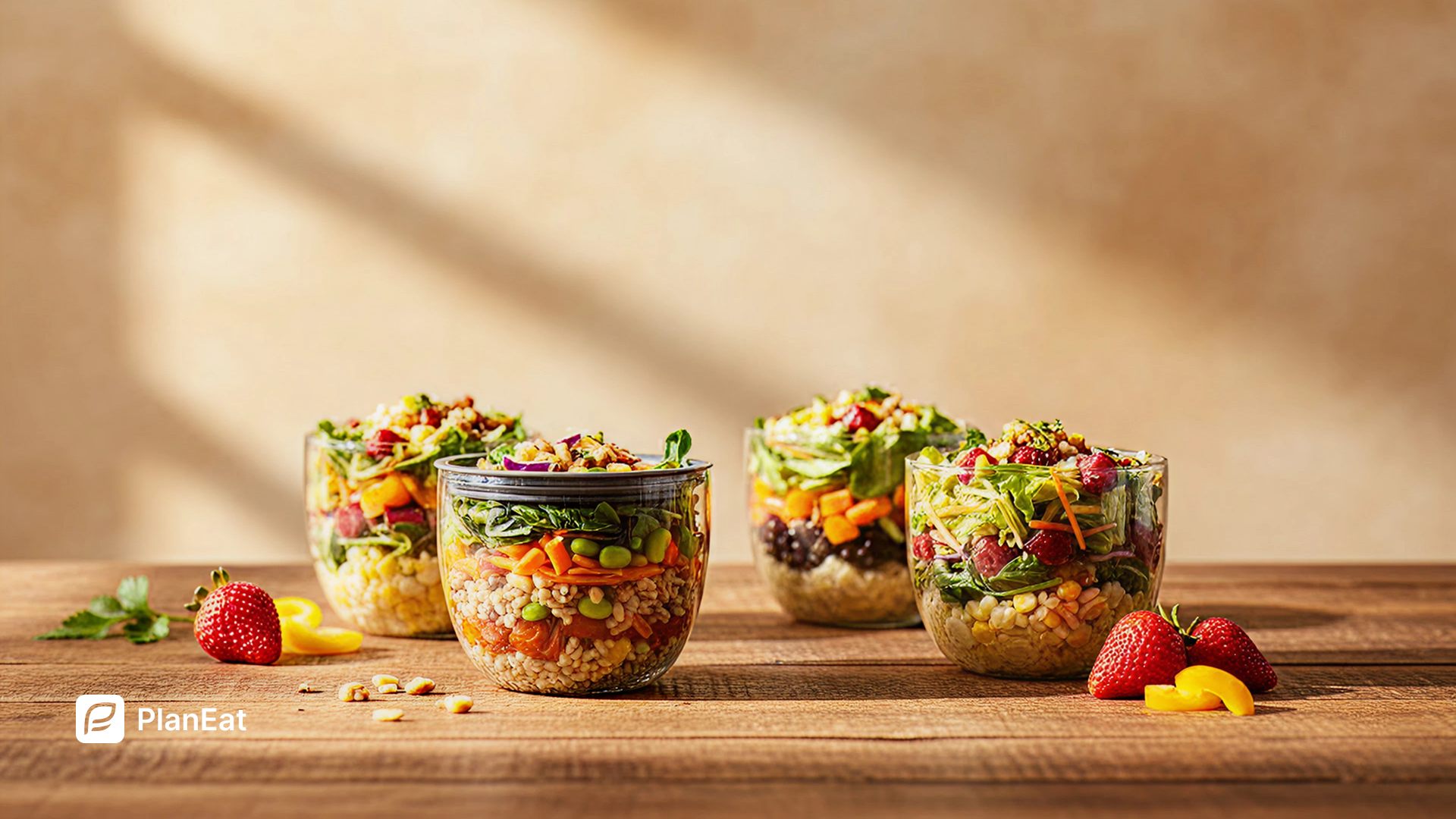

.webp)
